One of the most-watched reality television shows in the world, “Deadliest Catch,” proved once again how immensely dangerous it is to be crab fishing in the Bering Sea, as one of its fishing vessels was caught on camera battling with the rough 40-foot waves. Viewers were on the edge of their seats as they wondered if the fishing crew of the F/V Summer Bay would make it safely through the treacherous waters. The Emmy-awarded TV show indeed deserved all the accolades it gained from the past 17 seasons, as it had demonstrated many times how the production crew and cast delivered the gripping reality of how deadly the process was to catch Alaskan king crab, hence, the show’s title.
The “Deadliest Catch,” TV debut and premise
Discovery Channel launched the new genre of the reality-TV concept of dangerous jobs in 2005, and the first one that premiered on screen was “Deadliest Catch.” Everyone was hooked on it as it was such an original idea, through which the viewers were given a more detailed look at the commercial fishermen risking their lives for two seasons of crab fishing each year.
Looking back on an intense moment from season 9…
Freddy has always had that adventurous spirit that keeps us on our toes!
Relive your favorite moments, and stream all 17 seasons of #DeadliestCatch on @discoveryplus now: https://t.co/A6NRkzy8U8#TBT #ThrowbackThursday pic.twitter.com/m4Z7LvCLxc
— Deadliest Catch (@DeadliestCatch) December 2, 2021
More than a hundred fishing vessels could be seen in October at Dutch Harbor in Alaska for the start of the Alaskan king crab fishing season. By January, these fishing boats converged once again for the opilio season, as they launched and retrieved all their pots for the snow crabs during the coldest time of the year. The year before the TV show was filmed, the Bering Sea claimed about 45 fishing boats, and the production TV crew knew that it was one of the most difficult undertakings they had in their careers.
The pilot episode and premise of the show
During its pilot episode on 12 April 2005, the TV show featured six fishing boats, including F/Vs Fierce Allegiance, Northwestern, Saga, Western Viking, Lucky Lady and Sea Star, as they joined a fleet of 250 fishing vessels with about 1,500 fishermen to take as many King Crabs from the Bering Sea as they could. They started with a traditional Dutch Harbor blessing given by a local pastor before they headed out into an uncertain fate.
These boats ranged from 50 to 300 feet long, with hydraulic systems that could carry numerous crab pots, with a single pot weighing up to 800lbs. All the mechanical tools they had onboard could withstand the extreme cold weather as they stayed out on the sea crab fishing for a week or up to four weeks before returning to port with their haul. Some of the fishing crews were joined by greenhorns or recruits without experience, warned that there was no room for error, and that there wasn’t any road map for a safe crabbing season.
Each of the fishing vessels was loaded up with crab pots, its number depending on the size of the vessel. When they reached their chosen fishing ground, the crew launched their crab pots onto the sea with bait, and waited for a day or two to soak at the bottom of the sea; only when they retrieved the crab pots would they discover if they had chosen a great fishing spot. The deckhands were instructed to manually check the size of crab that they caught – if they passed the required size, they immediately went into their tanks, otherwise the crabs would be thrown back into the sea.
Heavy fines and suspensions await those who break the regulations, as the crabs were randomly checked back at the port. The season’s catch depended strictly on the quota or fishing guidelines issued each year.
17 Years of Crab Fishing with “Deadliest Catch”
Thom Beers, creator and one of the producers of the show, along with the TV crew and cast of the “Deadliest Catch”, presented not only the successful exploits of the fleet of fishing vessels, but also their tribulations and disappointments each season.
Style of Crab Fishing – Derby vs. Quota
When they filmed the first season of the show, the crab fishermen were still allowed to do the derby style of crab fishing. Within a limited time, fishing crews competed in catching crabs under the overall quota for the season. However, in the following seasons, they transitioned to the new quota system in which each fishing vessel was given an individual fishing quota. The reasons that were given were to make it safer for the fishermen to catch crab under a more relaxed phase, and to help in restoring declining fisheries or even prevent its collapse.
https://www.facebook.com/DeadliestCatch/photos/10158258348271759
The new quota system resulted in fewer fishing boats on the sea, as the smaller ones complained that it hindered the possibility of them earning enough to cover their expenses.
Unscripted, as real as it gets
If other reality-TV shows were bombarded with criticism of staged scenarios and elaborate scripted personal dramas for hype, this TV show had none of it; the dangers associated with the job were immensely real. Aside from accidents and fatalities, the physical and mental health issues that were featured in the show were 100% authentic. due to the extremely stressful working environment that they were in each time they headed out to sea. Surrounded by one of the coldest stretches of water on earth, just the ice build-up on the boats put them in danger.
Average fatalities in crab fishing
Alaskan crab fishing in the Bering Sea has always been considered one of the most hazardous jobs in the world. It was for this reason that the members of the US Coast Guard rescue group based at the Integrated Support Command Kodiak, in Alaska, were always on high alert during the colder season.
Many fishing boats relied on their rescue operations when the fishermen couldn’t keep up with the harsh conditions of the unpredictable sea. In the 1980s it was even more perilous, as the crabbing industry lost close to 40 fishermen annually, but new regulations and the strict requirements for acquiring permits lessened the number to just about 11 average fatalities in the 2000’s.
Why do they do it?
While the job was listed as one of the most dangerous ones, it could also earn a crabber an equivalent of a year’s wage of an office worker in just a matter of one week. It was for this reason that many people were lured into trying to make a career out of it. Most of the fishermen gathered during the start of the season already had a job in one of the fishing vessels docked in the Dutch Harbor, but there were still a small group of people who took the risk of flying to the place just for a chance to be hired. More often than not, they do get hired as some boats still needed to complete their crew.
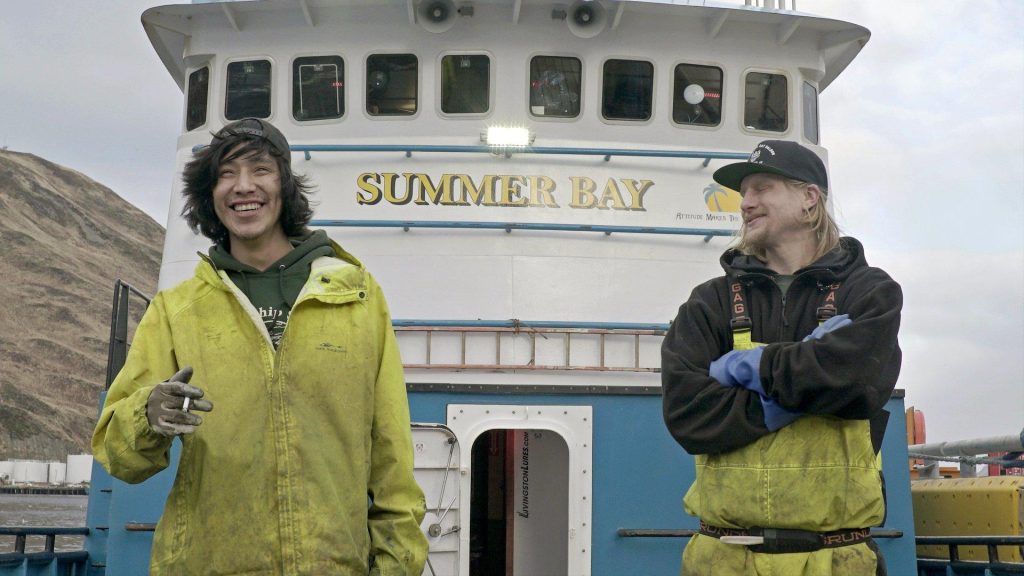
The promise of getting a huge payout after just working for seven days attracted most of them, but not all would return for the next season for two reasons. The first one was psychological, as most of the newbies didn’t realize the enormity of the danger of the job, and the second one was that they weren’t physically prepared for the strenuous work that was required of them. The fishermen eat as many calories as they can when they were out on the sea, because the job is exhausting. However, no matter how much they eat, they never gain weight because they have little time to rest.
Tragic Accidents featured in “Deadliest Catch”
Here are some of the tragic accidents encountered by the fishing vessels featured in the show:
F/V Big Valley in the pilot episode
The F/V Big Valley wasn’t officially part of the regular cast of the TV show, but it was part of the pilot episode. When it had an accident in January 2005, the crew members of the fishing vessels of Cornelia Marie, Maverick and Sea Rover who were filming at that time helped the US Coast Guard to look for survivors.
The accident happened months before the first episode was aired, when the ship’s captain launched its emergency radio beacon, and it was located around 70 miles away from St. Paul Island, Alaska. However, even after the search operation lasted for several days, only one of the six crew members was rescued, two bodies were recovered, and the remaining three were lost at sea. An investigation ensued, and it was found that the ship was overloaded with three times its weight capacity.
F/V Challenger shipwreck
Just like Big Valley, F/V Oceans Challenger wasn’t directly part of “Deadliest Catch”, but when the ship capsized about 60 miles south of Sand Point in October 2006, many of the regular cast members took part in the search and rescue operation. The sea mishap was featured in the third season of the series, and was another testament that fishing in Alaska was dangerous as the ship was already leaving the fishing grounds due to the incoming severe weather when the tragedy occurred.
It was reported that the engine stalled before the ship capsized, and again only had only one survivor.
The sinking of F/V Destination
In February 2017, the sinking of F/V Destination was the biggest shipwreck in that decade. The fishing vessel wasn’t part of the TV show, but some members of the cast had a personal relationship with those who died, particularly the ship’s captain, John Hathaway. “Deadliest Catch” created a special segment for the crew, and included it in the final episode of Season 13. The cause of the accident was again overcapacity, and while the ship can carry 200 crab pots without any problem in better weather conditions, it couldn’t handle the additional weight of the ice that was sprayed into the ship due to the gale force winds. Everyone onboard the vessel died which could have been prevented if the crew had only beat more ice to mitigate the weight.
F/V Summer Bay near sea mishap
Before the 17th season of “Deadliest Catch” ended, F/V Summer Bay under the command of Captain “Wild” Bill Wichrowski had a near mishap. It was the end of the winter season in 2021 and the Bering Sea was creating havoc.
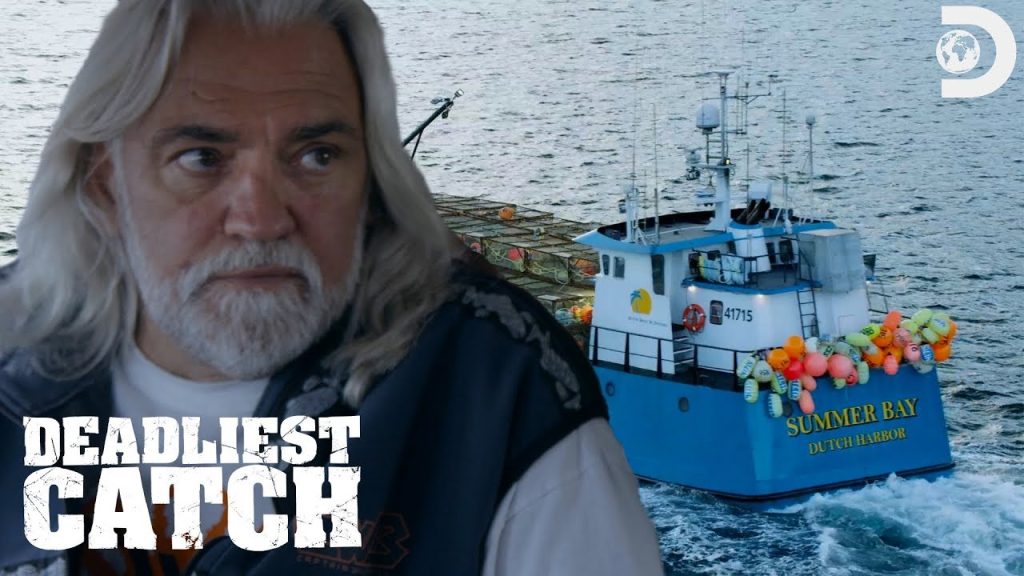
At that time, the captain said that they were in the middle of one of the worst weather conditions, and the boat was being pushed by the ice coming down on the gear. He couldn’t wait for the season to be over, most especially since he was still grieving the loss of his deckhand boss, Nick McGlashan. Here’s a list of some of their misfortunes at sea:
Ice everywhere and shutting down of plants/canneries
One of their major concerns was that most of the Alaskan opilio plants or canneries had already closed due to the Covid-19 pandemic. Only two remained open, and all the fishing boats would be in trouble if they couldn’t return in time. However, some old foes were fast approaching, as could be seen on their radars; not rival fishing vessels but numerous chunks of ice. A 275,000-square mile of Arctic ice descended from the north at an alarming pace. It easily covered a part of the crab fishing ground, and all vessels needed to get out of its way.
Lost some pots due to tangled lines
At that time, Captain Wild Bill needed to retrieve all his pots and return home as soon as possible before the ice froze them out. The problem was that the crab pots that they initially retrieved were full of smaller and female crabs.
https://www.instagram.com/p/CRgq-FJJFLw/
It didn’t help that they started having issues with the ropes becoming mixed up with other pots in the process of retrieving them, with the hook that could easily cause an accident on deck. Some of the lines were accidentally cut, which lost some pots. It was a rookie mistake done by experienced deckhands – a crab pot was worth $4000 apiece. Then they heard on the radio that a fishing boat needed medical evacuation services because a deckhand was crushed by a crab pot. Unfortunately, the guy didn’t make it, and it was a reminder to everyone on the boat to be extra careful. Some of them knew the guy, as most of them had worked on different boats in “Deadliest Catch.”
Almost got overturned near St. Paul Island
When Summer Bay needed to unload their haul, they chose the cannery at St. Paul Island, one of the remaining two still open for business. The harbormaster gave them entry clearance even as the harbor experienced weather changes, and thought it was doable for Capt. Wild Bill to tie the boat to the dock.
However, between the boat and the dock was the notorious harbor entrance and with the incoming rough waves, it was becoming difficult to maneuver the boat, and to see anything around them with the waves getting bigger. The captain told all his crew to get off the deck, as it was dangerous for any of them to be there.
Captain Bill informed the harbormaster that they decided to abort. A huge wave hit them when they turned around, and the water engulfed the whole boat. The vessel tilted on one side and everyone including the viewers breathed a sigh of relief when it didn’t capsize. However, the producer assigned to the ship was heard on TV telling the captain, ‘We are not out of it yet, Bill. We gotta get out of the surf zone now!’ Stronger waves kept on coming, and it was a harrowing experience for everyone aboard. For a moment there, viewers thought that the fishing boat was going to sink, and so did the crew. Wild Bill told the producer who was with him on the bridge that he thought they wouldn’t be able to survive the second huge wave. The producer thanked the captain for maintaining his composure and focus, as he steered it back to safety.
https://www.facebook.com/DeadliestCatch/photos/10156183787071759
The captain immediately called out to the crew, ‘Everybody’s onboard?’ He had to shout a couple of times on the radio before the deckhand boss replied. Everyone was shaken as water entered the windows and hit the ceiling, causing many of their things to fall on the floor. They knew that they were lucky and blessed not to be at the bottom of the sea. Wild Bill hoped that his crew wouldn’t be that traumatized due to what happened, deciding to wait it out in the safer zone and let the crazy weather subside, so that he could offload his haul to end the season. He said that it was surely one experience that they would talk about for many years.
“Deadliest Catch” featured over 30 fishing vessels along with 400 hundred fishermen in 17 years. It has always been consistent with its high ratings since its TV debut, as fans all over the world love to witness a triumphant outcome after enduring a nerve-wracking, exhausting, and perilous journey. Discovery Channel made everyone realize the reason why the Alaskan king crab has an expensive price tag when they reach the local market, and since then, no one complained anymore.

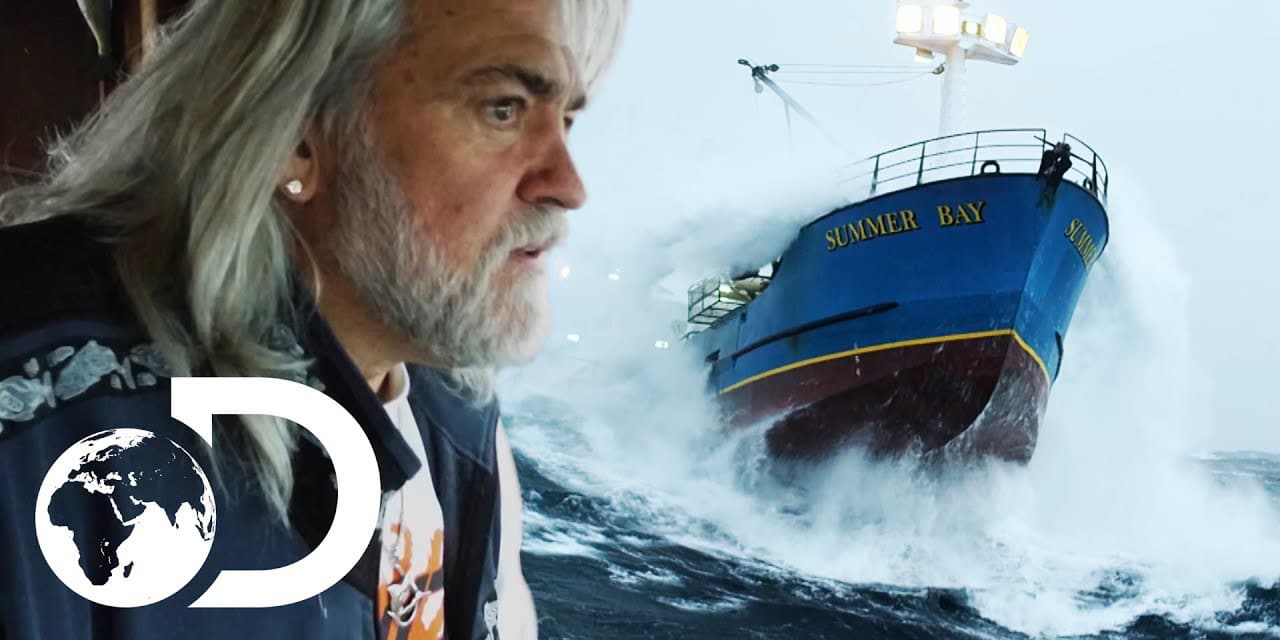
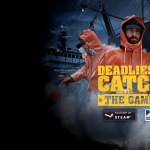

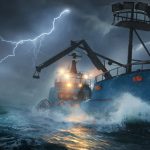

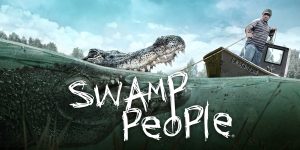



Leave a Comment